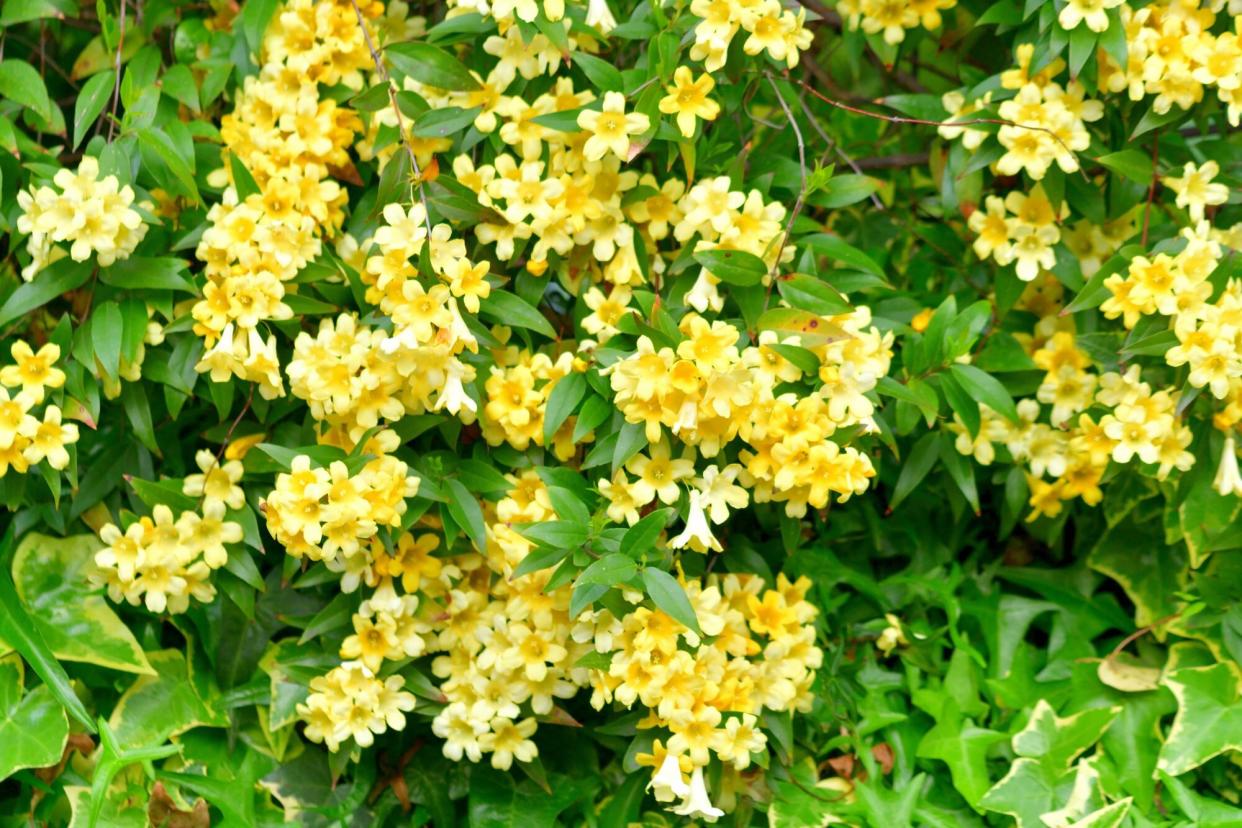How To Incorporate Native Plants In Your Southern Garden

Getty Images
When it's time to revamp your garden, consider incorporating native plants. According to The New Southern Living Garden Book, "Plants indigenous to a region like the South give it a special sense of place. Moreover, native plants are usually less susceptible to pests than introduced ones and are well attuned to the vagaries of local weather." Planting native species is becoming increasingly important because it can help support pollinators, birds and insects, populations of which need specific environmental factors in order to survive. According to Audubon.org, "Without [native plants] and the insects that co-evolved with them, local birds cannot survive."
The South's biodiversity relies on native species. According to the Alabama A&M and Auburn Extension Services, "Whether you are planting in a garden, a meadow, or a woodland, selecting native species is an important component. Alabama's biodiversity depends on native plants." They reference The United States Department of Agriculture's definition of biodiversity ("The variation among living organisms and the ecological complexes of which they are a part") to emphasize the interconnectedness between the flora and fauna living in a landscape. Because they developed together, the plants in your garden have a correlation to the birds and insects that frequent it.
While some non-native species are beneficial and have become favorites in the South, some of them can become invasive and spread, creating a threat to pollinators and other plant species in the landscape. The Grumpy Gardener says, "Don't be afraid of a non-native plant if it's easy to grow, fills a need, and doesn't take over the world." Imported azaleas, for example, take beautifully to the Southern climate and don't threaten to take down whole forests with their growth. Several species don't fit within the Grump's parameters, though…kudzu, anyone? Known as "the vine that ate the South," kudzu is one such rapidly spreading, non-native plant.
What native species should you plant in your garden? It depends on where in the South you live. According to The New Southern Living Garden Book, "Just because a plant is native to the Southeast doesn't mean it will thrive in the Southwest." So be sure to reference planting guides and hardiness indicators when selecting plants for your garden. For example, if you live in a coastal climate, plants that can't stand up to salt-scrubbing winds are not for you.
Some of the South's favorite native plants include trees such as American beech, American holly, American sycamore, red maple, pecan, live oak, and white oak. Native shrubs include American beautyberry, Heart's-a-bustin', oakleaf hydrangea, Virginia sweetspire, common witch hazel, and yaupon. Other native perennials and annuals include American maidenhair fern, blue phlox, bluebonnet, coneflower, golden columbine, hardy begonia, Louisiana iris, prairie sage, red yucca, sundrops, swamp milkweed, Virginia bluebells, wild columbine, and native azaleas.
Native vines include Carolina jessamine, climbing hydrangea, crossvine, common trumpet creeper, trumpet honeysuckle, Virginia creeper. If you'd like to plant native fruits, look to popular ones, like American persimmon, blackberry, blueberry, and muscadine grape, as well as the lesser grown (but no less delicious) mayhaw and pawpaw. You can find species native to your area by looking through The New Southern Living Garden Book or using the handy search function at Audubon.org.
When planting, consider looking to native species. While you don't have to commit to planting all native species all the time, they can be beneficial. Choose the ones that are right for your climate, and you might find something unexpected that will feel (and look) right at home in your garden.

